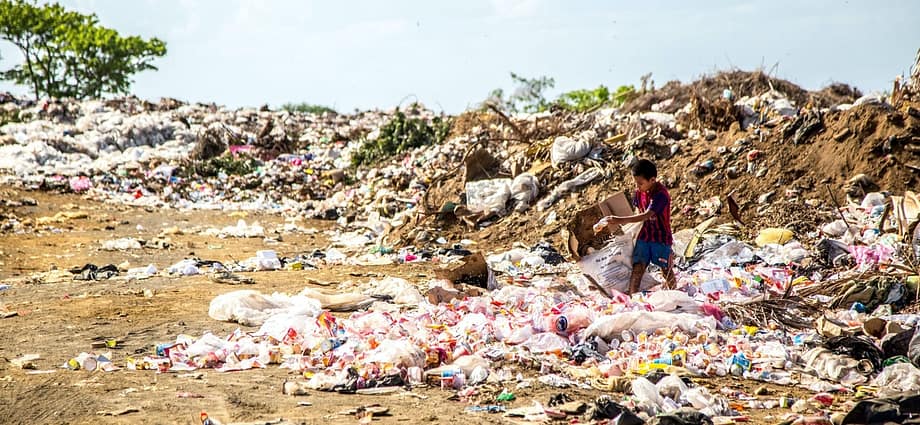The European Commission is taking a bold step towards promoting sustainable fashion. By aiming to have all planned regulations requiring fashion companies to produce clothes in a more sustainable way in place by 2028.
In Europe textile consumption ranks fourth in terms of its impact on the environment and climate change. It has become crucial to address the environmental challenges posed by the fashion industry.
Fast fashion companies like Inditex and H&M are already taking the lead to make efforts to reduce their water and energy consumption, whilst increasing the use of recycled textiles.
Now, the European Commission is stepping up its game by drafting at least 16 pieces of legislation to ensure that fashion companies take responsibility for the environmental impacts of their production.
The Need for Regulation in the Fashion Industry
The fashion industry has long avoided regulation, but its significant pressure on natural resources and contribution to pollution cannot be ignored.
Virginijus Sinkevičius, the EU Environment Commissioner, emphasizes the need for action, stating,
“We see that they are a big pressure for natural resources and with regard to pollution. We have to react.” – Virginijus Sinkevičius
With this sense of urgency, the European Commission is determined to implement measures that will challenge fast fashion brands to make significant changes in their production practices.
Collecting Textile Waste: A Key Requirement
One key measures being considered is the requirement for fashion companies to collect a certain percentage of textile waste. Equivalent to their production volume or pay a fee towards local authorities’ waste collection efforts.
This initiative aims to gradually increase the amount of textile waste collected every few years.
While the exact percentage is still being determined, Sinkevičius suggests that it will be higher than 5% of production.
The ultimate goal is for fashion companies to produce more durable pieces that can be easily reused and recycled by 2030.
The Environmental Impact of Textile Waste
The scale of textile waste in the EU is staggering. Approximately 5.8 million tonnes of textile products are discarded each year, which amounts to 11 kg (24 lb) per person.
Shockingly, every second, a truckload of textile products is either land-filled or incinerated somewhere in the world. These alarming figures highlight the urgent need for action to reduce textile waste and promote sustainable practices within the fashion industry.
Addressing Misleading Sustainable Claims
In addition to tackling textile waste, the European Commission is also focusing on regulating brands’ use of sustainable claims to promote their clothing.
It estimates that around half of these claims, often referred to as “eco-labels,” are misleading. To combat this issue, the Commission is working on regulations that will restrict the use of such claims. To ensure greater transparency and accuracy in how sustainability is communicated to consumers.
This eco-label regulation on textiles is set to come into force at the beginning of next year.
A Ban on the Destruction of Unsold Textiles
As part of the EU’s green strategy to encourage more reuse and recycling, EU governments have recently agreed to ban the destruction of unsold textiles.
This ban is a significant step towards addressing the issue of waste generated by the fashion industry. However, implementing this rule will require time and coordination. Sinkevičius estimates that it may take “six months or even more” to put the ban into effect.
The Journey Towards Sustainable Fashion
The European Commission’s push for sustainable fashion represents a significant milestone in the industry’s journey, to become more responsible and environmentally friendly.
By implementing regulations that hold fashion companies accountable and encouraging the adoption of sustainable production methods, the EU is driving positive change.
However, transforming the fashion industry is a complex task that requires collaboration and cooperation from all stakeholders involved.
The Role of Consumers in Promoting Sustainability

While regulations play a crucial role in transforming the fashion industry, consumers also have a significant impact on driving sustainability.
By making conscious choices and supporting brands that prioritize sustainability, consumers can contribute to the demand for more environmentally friendly fashion.
Additionally, consumers can extend the lifespan of their clothing through repairing, re-purposing, and recycling, thereby reducing waste and the need for new production.
Collaboration and Innovation for a Sustainable Future
The journey towards sustainable fashion requires collaboration and innovation from all parties involved.
Fashion companies, governments, consumers, and other stakeholders must work together to find creative solutions and implement sustainable practices throughout the entire supply chain.
This includes adopting more efficient manufacturing processes, utilizing recycled materials, and exploring alternative fibres with a lower environmental impact.
By embracing these changes, the fashion industry can move towards a more sustainable future.

